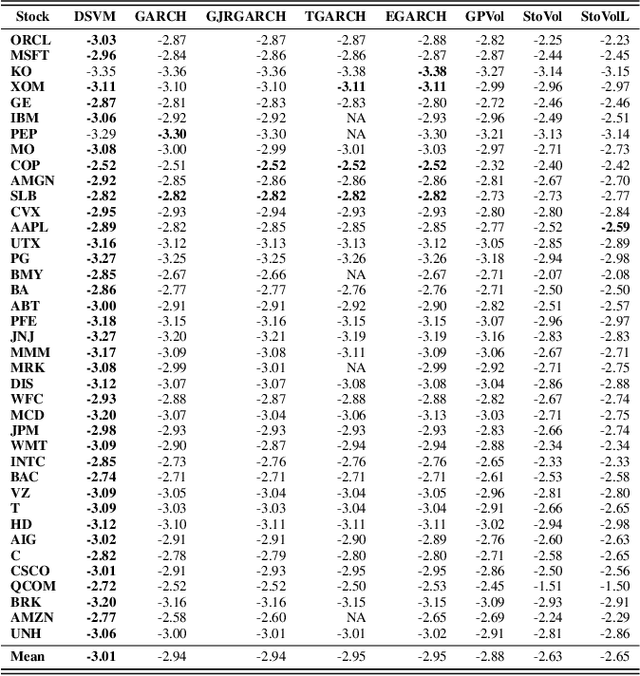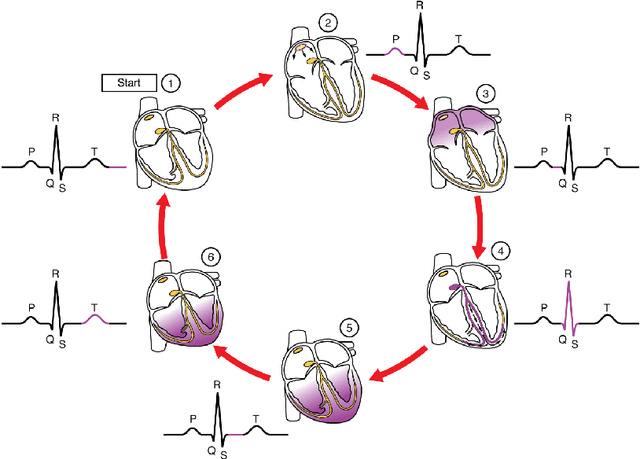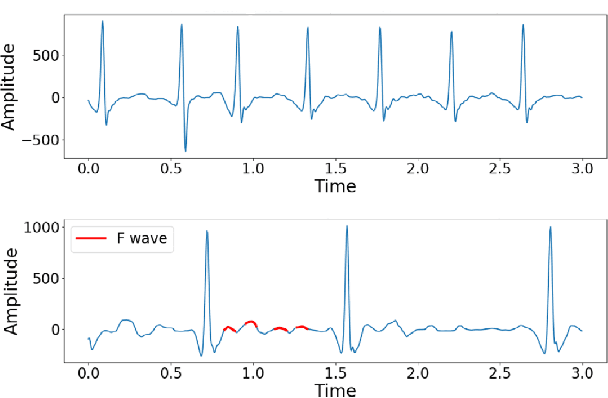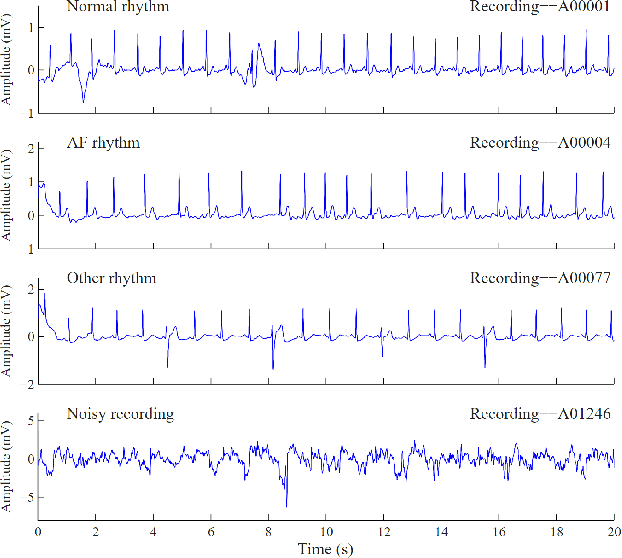Xiuqin Xu
Deep Switching State Space Model (DS$^3$M) for Nonlinear Time Series Forecasting with Regime Switching
Jun 04, 2021



Abstract:We propose a deep switching state space model (DS$^3$M) for efficient inference and forecasting of nonlinear time series with irregularly switching among various regimes. The switching among regimes is captured by both discrete and continuous latent variables with recurrent neural networks. The model is estimated with variational inference using a reparameterization trick. We test the approach on a variety of simulated and real datasets. In all cases, DS$^3$M achieves competitive performance compared to several state-of-the-art methods (e.g. GRU, SRNN, DSARF, SNLDS), with superior forecasting accuracy, convincing interpretability of the discrete latent variables, and powerful representation of the continuous latent variables for different kinds of time series. Specifically, the MAPE values increase by 0.09\% to 15.71\% against the second-best performing alternative models.
Deep Stochastic Volatility Model
Feb 25, 2021



Abstract:Volatility for financial assets returns can be used to gauge the risk for financial market. We propose a deep stochastic volatility model (DSVM) based on the framework of deep latent variable models. It uses flexible deep learning models to automatically detect the dependence of the future volatility on past returns, past volatilities and the stochastic noise, and thus provides a flexible volatility model without the need to manually select features. We develop a scalable inference and learning algorithm based on variational inference. In real data analysis, the DSVM outperforms several popular alternative volatility models. In addition, the predicted volatility of the DSVM provides a more reliable risk measure that can better reflex the risk in the financial market, reaching more quickly to a higher level when the market becomes more risky and to a lower level when the market is more stable, compared with the commonly used GARCH type model with a huge data set on the U.S. stock market.
Electrocardiogram Classification and Visual Diagnosis of Atrial Fibrillation with DenseECG
Jan 19, 2021



Abstract:Atrial Fibrillation (AF) is a common cardiac arrhythmia affecting a large number of people around the world. If left undetected, it will develop into chronic disability or even early mortality. However, patients who have this problem can barely feel its presence, especially in its early stage. A non-invasive, automatic, and effective detection method is therefore needed to help early detection so that medical intervention can be implemented in time to prevent its progression. Electrocardiogram (ECG), which records the electrical activities of the heart, has been widely used for detecting the presence of AF. However, due to the subtle patterns of AF, the performance of detection models have largely depended on complicated data pre-processing and expertly engineered features. In our work, we developed DenseECG, an end-to-end model based on 5 layers 1D densely connected convolutional neural network. We trained our model using the publicly available dataset from 2017 PhysioNet Computing in Cardiology(CinC) Challenge containing 8528 single-lead ECG recordings of short-term heart rhythms (9-61s). Our trained model was able to outperform the other state-of-the-art AF detection models on this dataset without complicated data pre-processing and expert-supervised feature engineering.
 Add to Chrome
Add to Chrome Add to Firefox
Add to Firefox Add to Edge
Add to Edge